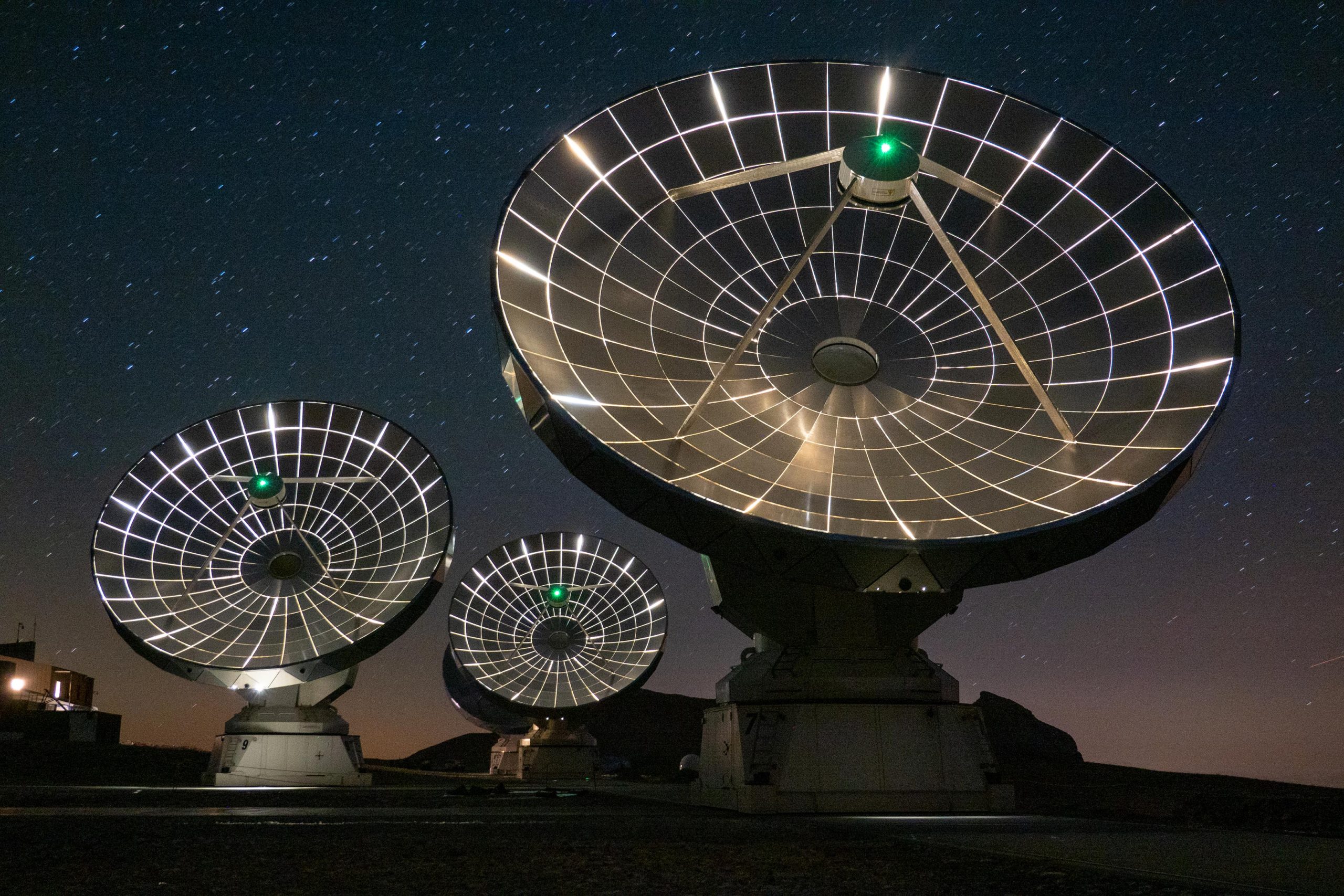TAMPA, Fla. — New York-based RocketStar plans to launch its aerospike-powered rocket for the first time this fall, carrying a prototype satellite for resource-mapping startup Lunasonde on a brief suborbital trip.
The 12-meter rocket that RocketStar calls Cowbell aims to reach 21,000 meters on its test flight, depending on final safety requirements from NASA for launching from Launch Complex 48 — a multi-use launchpad in Cape Canaveral, Florida.
Although RocketStar estimates this mission will only last eight minutes, Lunasonde expects that will be enough time for its onboard subsurface radar imager to collect valuable reflectance data to support its development.
RocketStar had planned to launch Cowbell on its first suborbital launch in early 2019 to test what the company has described as a proprietary aerospike engine. After receiving regulatory approval to launch Cowbell from a floating barge off the coast of Florida, RocketStar canceled the mission three days ahead of liftoff citing safety concerns.
Since then, RocketStar has said little publicly about its plans as it pivoted to what it sees as a safer launch from a pad on dry land.
“Between COVID and finding the right pad, it’s taken that long to adapt the sea-launch idea to a land-based launch,” RocketStar founder Christopher Craddock told SpaceNews.
Debut launch
Craddock said RocketStar decided internally not to broadcast its development progress until after it launched.
“We felt it’d be better to just do it, and then say, ‘OK guys we did our first one, this is what happened, we’d love to see you at the next one,’” he said.
A former Wall Street broker, Craddock founded RocketStar to develop a single-stage-to-orbit (SSTO) launch vehicle powered by a 3D-printed aerospike engine.
“The current plan is to use a toroidal engine for orbital insertion with our development campaign, and then still using toroidal when we go commercial,” he said.
Aerospike engines, a novel design first tested in the 1960s, were at the heart of NASA’s experimental X-33 suborbital spaceplane program and its envisioned SSTO follow-on VentureStar. However, NASA and Lockheed Martin pulled the plug on X-33 and VentureStar in the early 2000s without finishing or flying either vehicle.
“No aerospike has flown under its own power, pretty much ever, and if it has it’s only been to like 50,000 feet [about 15,000 meters],” Cradock added.
Although RocketStar’s first suborbital launch will take place from land, Craddock said lifting off from sea remains attractive from a “launch cadence perspective.”
The venture also intends to later provide propulsion solutions to other companies.
“It just seems like a good piece of the business we want to chase after, but in no way is going to stop us from going SSTO [single-stage-to-orbit] or creating a small satellite launcher,” he said.
Earth mapping
Lunasonde, which its CEO Jeremiah Pate said is not a paying customer on RocketStar’s inaugural launch, is developing plans for a constellation of satellites that will map resources under the Earth’s surface
Pate said the payload on Cowbell has all the flight hardware of an operational satellite, “with the only major difference being that the power is supplied by the rocket instead of the solar panel” on the spacecraft.
“The technology on this flight works similar to a conventional radar but works at a frequency over 1000 times lower by using our novel metamaterial antenna,” he said in an email.
“This frequency band (VLF/ULF) is what allows us to see deep underground at high resolution.”
Lunasonde has lined up Rocket Lab to launch another satellite to low Earth orbit next year that will be operational, according to Pate, capable of seeing up to 2 kilometers below land surfaces and 500 meters below water.
“The latter satellite will be both a technology demonstration as well as providing underground data to a small number of pilot project customers,” he said.
“This satellite will also be the first satellite in a constellation of subsurface imaging spacecraft, eventually capable of mapping the entire planet down to 10 kilometers on a biweekly basis, providing data to industries such as water resources, mining, and geothermal. Ultimately, this allows us to tap into a completely new dataset that has previously eluded the revolution that earth observation spacecraft have achieved.”
Guarding against new cyber threats
TriSept, a launch integration and mission management specialist that counts U.S. civil, military and intelligence agencies among its customers, also plans to use Cowbell’s suborbital flight to trial software designed to protect satellites against growing cyber threats.
Its newly developed TriSept Secure Embedded Linux (TSEL) software, which the company said can protect large and small satellites from known and emerging vulnerabilities, will serve as the operating system for Lunasonde’s prototype satellite, aiming to test its performance under flight conditions.
TSEL hopes to get full flight heritage next year when it serves as the operating system for the Lunasonde satellite heading to LEO with Rocket Lab.
The software is currently in advanced lab tests and functional trials with Old Dominion University in Norfolk, Virginia.
TSEL currently needs to be added to satellites before they launch, however, TriSept CEO Rob Spicer told SpaceNews that its next generation could be uploaded to in-orbit, software-defined satellites to bolster security.
Key to TSEL’s automated mechanisms for improving cybersecurity defenses are its “zero trust” verification layers, which the company said gives operators an accurate picture of what is happening on the satellite at all times.
The vast majority of the thousands of small satellites increasingly crowding LEO for communications, Earth imagery and other applications are ill-prepared for increasingly sophisticated security threats, according to Spicer.
Note: This article have been indexed to our site. We do not claim ownership or copyright of any of the content above. To see the article at original source Click Here












